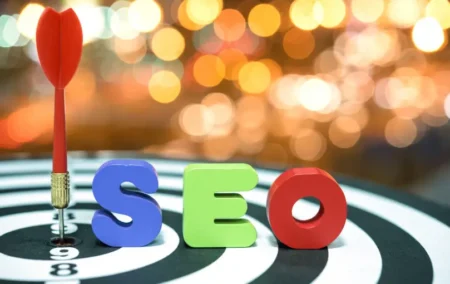 You’ve probably heard that keywords are important for SEO. And they are. But they’re only part of the story. What many site owners still overlook is this: Google doesn’t just read your site — it watches how real people interact with it.
You’ve probably heard that keywords are important for SEO. And they are. But they’re only part of the story. What many site owners still overlook is this: Google doesn’t just read your site — it watches how real people interact with it.
User behavior signals have quietly become one of the most powerful factors influencing search rankings.
Let’s look at how they work, and what you can actually do to improve them.
Time on Page: Are Visitors Sticking Around?
If someone clicks your link and stays to read, Google takes that as a sign your page is relevant and engaging. If they bounce in five seconds, it might mean your content didn’t match their intent — or wasn’t useful enough.
Longer time on page suggests your content:
- Delivers value
- Matches the search query
- Is easy to read and navigate
Improving this metric starts with one thing: writing for people, not just algorithms.
Click-Through Rate (CTR): Do They Even Click You?
You could be ranking on page one, but if no one clicks your result, Google notices. A low CTR tells the algorithm: “Maybe this result isn’t what people are looking for.”
CTR is influenced by:
- Your page title (is it compelling?)
- Your meta description (does it create curiosity or solve a problem?)
- Rich snippets (reviews, FAQs, timestamps)
To improve it, think like a human: would you click that?
Bounce Rate & Pogosticking: Are They Coming Right Back?
Bounce rate on its own is a little outdated. But Google still watches something worse: pogosticking — when a user clicks your site, realizes it’s not helpful, and quickly returns to the search results to find another.
This behavior shows your content failed to meet the user’s expectations. It’s not just about stuffing keywords — it’s about satisfying curiosity, providing clarity, and making your page worth staying on.
Returning Visitors: Do They Trust You?
When people come back to your site, that’s a good sign. It tells search engines your brand or content has authority. Encouraging repeat visits builds long-term trust — both with users and with algorithms.
- You build this by offering:
- Useful, regularly updated content
- Clear structure and navigation
A reason to return (resources, guides, updates)
Final Thought
SEO is no longer just about what’s on the page — it’s about what people do with your page. Google wants to serve users the best possible experience, not just the best keyword match.
That means writing content people want to read, improving usability, and tracking the real behaviors that show you’re doing something right.
Because in modern SEO, users are the real ranking signal.
Picture Credit: Freepik
